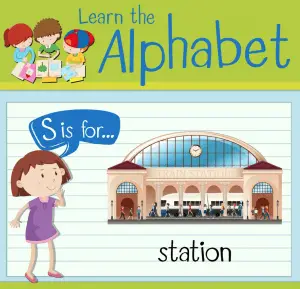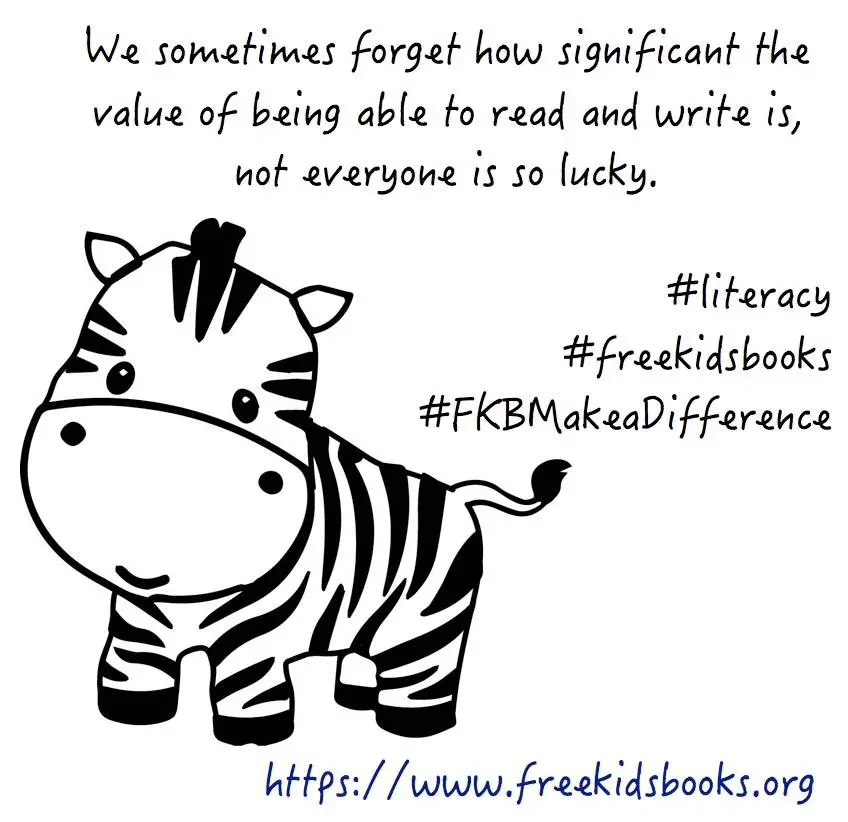In the pursuit of language mastery, the pathway to learning English is adorned with a myriad of educational tools and methodologies. Among these, classic children’s stories emerge as a beacon of light, offering not just a treasure trove of vocabulary but also a gentle introduction to the complexities of grammar within the tapestry of engaging narratives.

This article delves into the heart of how these timeless tales can be instrumental in enriching one’s English language learning journey, focusing on the enhancement of vocabulary and grammar comprehension in an educational context that is both immersive and enjoyable.
The Enchantment of Storytelling in Language Education
The Power of Narrative
Narratives, especially those found in children’s literature, have a profound ability to engage the learner’s mind, weaving complex language concepts into the fabric of compelling stories. This method of learning English or any language transcends traditional study mechanisms by presenting vocabulary and grammar in a context that is both relatable and memorable.
Captivating the Learner’s Imagination
Classic children’s stories like “The Tale of Peter Rabbit” or “Charlotte’s Web” draw learners into vibrant worlds filled with characters and scenarios that ignite the imagination. This imaginative engagement fosters a deeper connection with the language, as learners are more likely to remember and understand words and phrases used in a narrative context they find emotionally resonant.
Simplifying Linguistic Complexity
These stories have the unique advantage of presenting language learning elements—be it vocabulary or grammar—in a simplified and accessible manner. For instance, “Goldilocks and the Three Bears” introduces learners to concepts of size, quantity, and familial relations through its straightforward narrative, making complex grammatical structures more approachable.
Leveraging Tales for Vocabulary Expansion
Laying the Foundation
At the beginning of the language learning journey, stories such as “The Very Hungry Caterpillar” offer an introduction to basic vocabulary within the framework of a captivating story. This approach not only teaches learners new words but also embeds them in their memory through the story’s repetitive and narrative-driven nature.
Progressing with Complexity
As learners’ understanding deepens, they can venture into tales that offer a richer language palette and more intricate sentence structures. “Alice’s Adventures in Wonderland,” for example, presents a wonderful opportunity to explore sophisticated vocabulary and idiomatic expressions within the whimsical adventures of its protagonist.
Grammar in the Realm of Stories
The narrative form provides a natural context for the introduction and application of grammatical rules, making abstract concepts more tangible. Through storytelling, learners encounter various tenses, syntactic structures, and linguistic nuances, enabling them to learn English grammar and how to pronounce new words in a manner that feels intuitive rather than forced.
Repetition as a Learning Tool
The repetitive nature of many children’s stories aids in reinforcing language patterns and structures. For example, the recurring phrases in “The Three Little Pigs” help learners internalize constructions and vocabulary related to house-building materials and actions, demonstrating how repetition in storytelling can be a powerful vehicle for language acquisition.
Integrating Stories into Your Language Learning Practice
Interactive Reading: A Pathway to Engagement
Interactive reading strategies, such as reading aloud and discussing the story’s elements, transform passive reading into an active language learning experience. This method encourages learners to practice pronunciation, question plot developments, and predict outcomes, thereby deepening their linguistic and analytical skills.
Family Involvement in Learning
Incorporating storytime into family activities provides a supportive environment for language practice. Discussions about the story and its characters can spur spontaneous language use, offering learners a safe space to experiment with new vocabulary and expressions.
The Vocabulary Journal: A Learner’s Companion
Documenting new words and phrases encountered in stories in a dedicated journal encourages active vocabulary acquisition. This practice not only aids in tracking progress but also in contextualizing new language elements, enhancing both recall and usage.
Embracing Technology in Language Learning
Digital platforms and language learning apps have transformed the educational landscape, offering dynamic resources that complement traditional reading materials. Interactive exercises, digital storytelling sessions, and vocabulary games make language study more engaging and accessible.
The Role of Promova in Language Learning
Promova emerges as a pivotal tool in the language learning arsenal, offering access to a vast library of classic children’s stories, comprehensive vocabulary exercises, and grammar quizzes designed to make language study an adventure. With the guidance of experienced English teachers online, learners receive personalized feedback and encouragement, ensuring that their journey through the realms of vocabulary and grammar is not only educational but truly transformative.
Conclusion: A Timeless Strategy for Language Mastery
Classic children’s stories offer a unique and enriching path to English language mastery. By marrying the educational benefits of vocabulary and grammar study with the joy of storytelling, learners of all ages can embark on a journey that is as delightful as it is beneficial. Whether through the pages of a beloved book or the interactive features of apps like Promova, the adventure of learning English through classic tales is one that promises to enhance not just language skills but also to foster a lifelong love for learning.
These narratives, rich with lessons and linguistic treasures, provide a foundation on which learners can build their language proficiency, opening doors to new opportunities and broadening their horizons. In embracing these stories, learners find not only a pathway to language mastery but a source of inspiration and joy that enriches their education journey and their understanding of the world.











